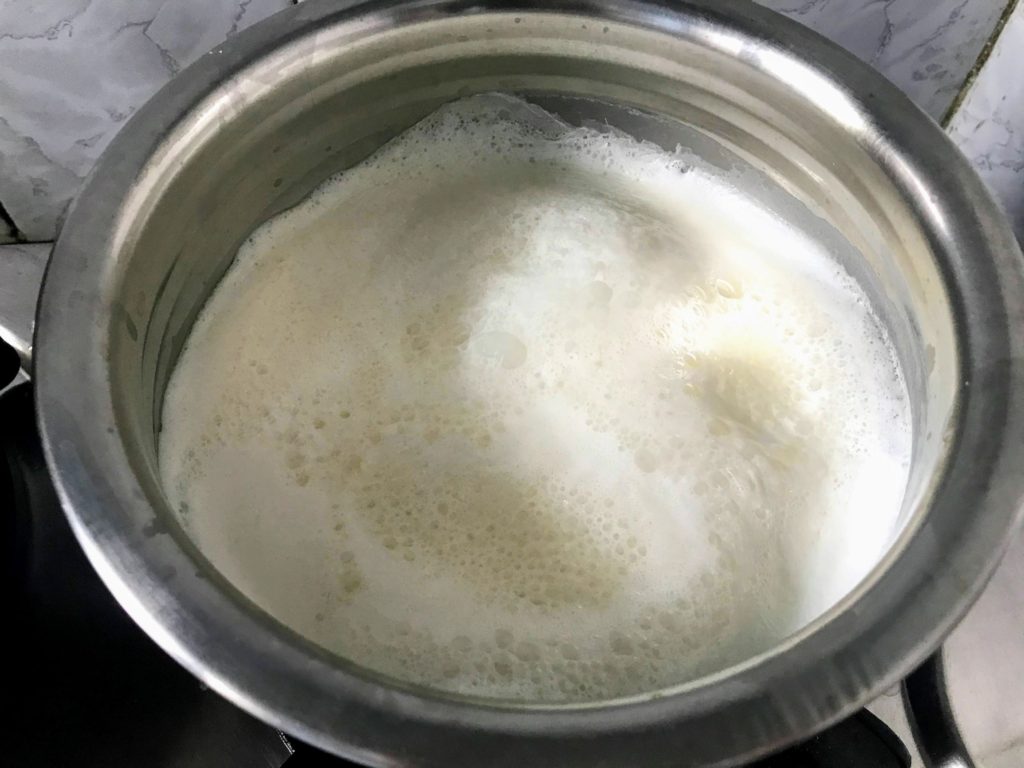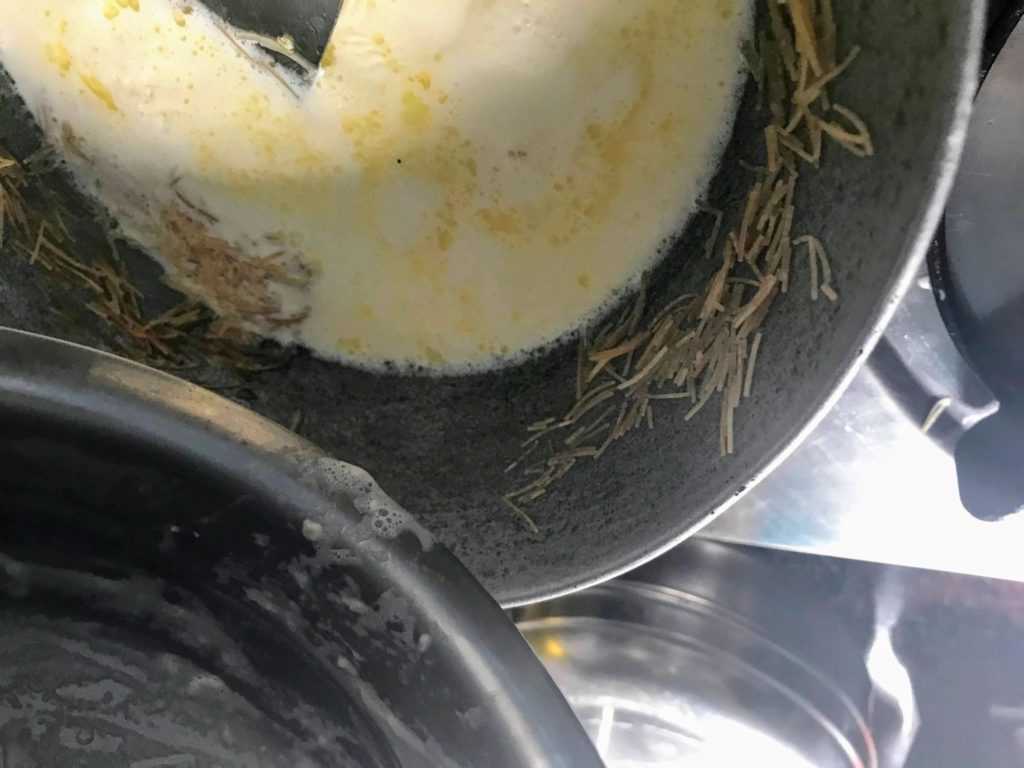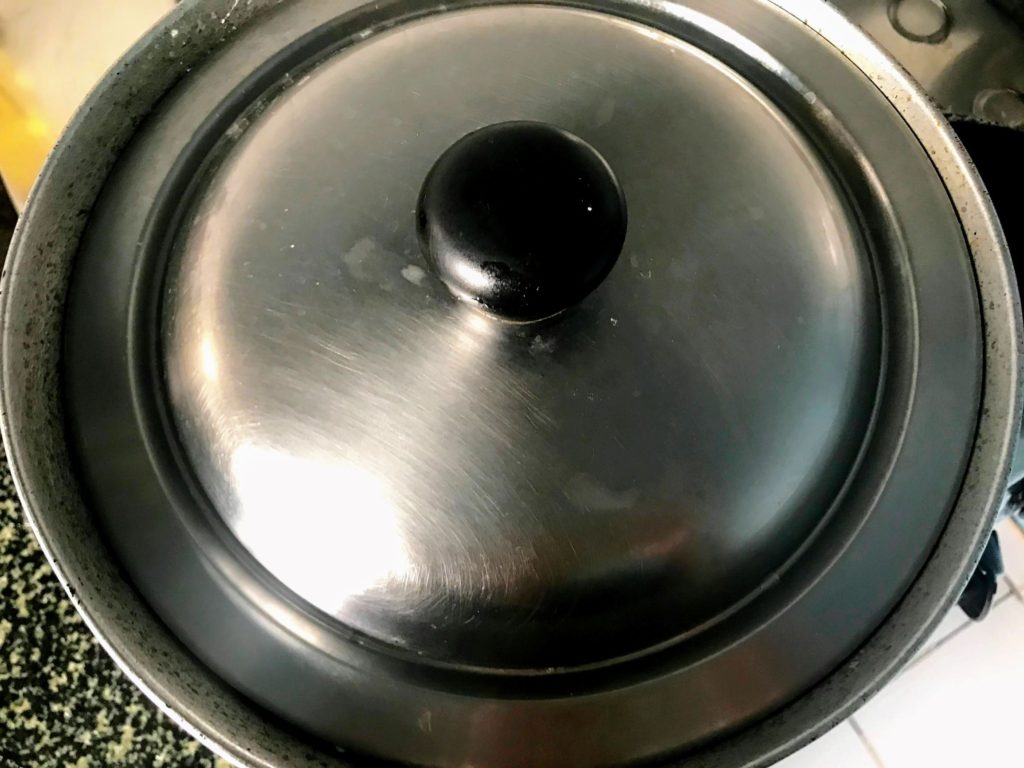Ever wondered, why the shops during Valentines Day are filled with chocolate boxes and cup-cakes, and not paprika sauce or bitter gourd pot pie? Ever wondered, why in usual scenarios your colleagues demand sweet after your promotion and not a bowl of lentil soup? Ever wondered, why you address our beloved ‘sweetheart’ and not ‘bitterheart’? Ever wondered, why the word ‘sweet’ has got such a happy and positive connotation?
Not sure, if it is because of the rush of dopamine in our body after encountering sugar, or the fact established and sealed in our brain by our ancestors that ‘sweet is good’ (when human beings were living in the forests, sweetness was an indication that a particular thing was safe to eat), but no one can deny the fact, that having little sweet gives us certain kind of pleasure.
The long relationship with sweet, which started with ripened fruits and honey, has a strong foothold in our DNA. Thus, our sweet weakness called ‘sweet tooth’ still stays with us, irrespective of wherever we go and how much advance we make in our life. Hence, no birthdays are complete without cutting a sweet cake, no Christmas is complete without a sweet pie and no date is complete without sharing an ice-cream.
This strong bond with sweet can be seen more prominently in India, who is technically responsible for introducing modern sugar to the entire world. We don’t know since when sweet became the inseparable part of our culture and existence, but what we know is, that not only our festivals or weddings, but our life is incomplete without sweet or Mithai (as we name the umbrella of sweets in India). Starting from mother’s milk, sweet is a constant companion who travels with us in various forms, giving a shape to our life. From the first grain called payasam or kheer (pudding), to rasgullas to jalebis, we have lots of individual stories which are concluded with sweets. In India we seal a deal with a box of mithai. We bribe Gods with different laddus. Our marriage unions are finalised with two families sharing sweets with each other. We celebrate even the smallest success with a pinch of sweet (who can forget the famous ‘Pappu Paas Ho Gaya’ from Cadbury Diary Milk). Even time to time our scriptures have provided due importance to sweets through different stories. One of the famous being the story of Dasharatha who was given a bowl of sweet (kheer) by Agni Dev (God of fire) to be distributed among his wives.
Hence, as sweet indicates happiness, prosperity, positivity, we Indians always crave to say the words ‘kuch meetha ho jaye’ (Let’s have some sweets)!
Thus, with the advent of festival at the time of new normal, let me begin on a sweet note with this ever favourite Simui-er Payesh Or Seviyan Kheer Or Vermicelli Pudding, and spread the feeling of love, positivity and happiness across.
Click here for more dessert recipes.
Recipe: Simui-er Payesh Or Seviyan Kheer Or Vermicelli Pudding
Preparation & Cooking Time: 38 minutes Equipment Used: 2 pans, a turner, a knife Yield: Serves 4
Ingredients:
- 1 cup vermicelli
- 1 tablespoon ghee/clarified butter
- ½ litre milk
- ½ cup sugar
- 4-5 green cardamoms
- 1/8 cup almond (for garnishing)
Method:
- Soak the almonds in a bowl and keep them aside
- Heat a pan
- Roast 1 cup vermicelli with ghee
- Roast the vermicelli till they turn light brown
- Switch off the flame and boil ½ litre milk in a separate pan
- Reduce the flame once bubble is formed, but continue boiling the milk till 20% milk is reduced
- Switch off the flame once the milk is condensed, and transfer the milk to the vermicelli pan
- Put the vermicelli pan on low flame
- Stir and cook the vermicelli in milk
- Add sugar while stirring continuously
- Switch off the flame once the vermicelli pieces are cooked
- Crush the cardamom and sprinkle on the kheer
- Keep the pudding or kheer covered for a while, so the aroma of cardamom spreads across the pudding
- Cut almond into small pieces and sprinkle the pieces on top while serving

Soak almonds in a bowl.

Roast vermicelli with ghee.

Boil milk in a separate pan.

Continue boiling the milk till 20% milk is reduced

Switch off the flame and transfer the milk to the vermicelli pan.

Stir and cook the vermicelli in milk.

Add sugar.

Switch off the flame once the vermicelli pieces are cooked

Crush cardamom.

Sprinkle crushed cardamom on the kheer.

Keep the kheer covered for a while.
Tips:
- Although I have added vermicelli before ghee (owing to my habit of adding ghee in the end), you can heat the ghee in the pan before adding vermicelli
- While boiling or condensing milk, place a big spoon in pan to avoid spilling milk from pan. Ensure the spoon should be big enough that the part of the spoon should remain outside the pan
- It is important that you stir continuously while cooking vermicelli in milk, as vermicelli pieces tend to stick to each other causing formation of lumps
- You can also add raisins and cashew to garnish the dish
- Eventually, after sometime, the dish will turn completely solid, as vermicelli will absorb the milk. This is completely normal and it won’t affect the taste of the dish







